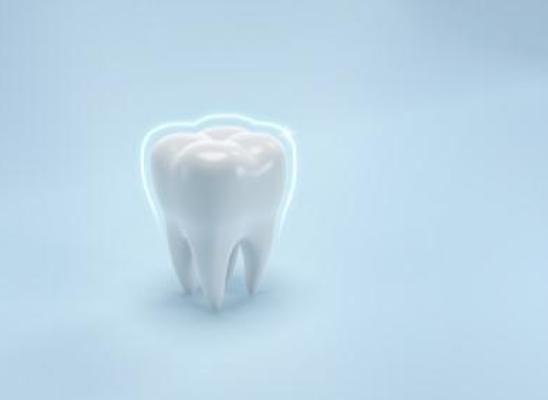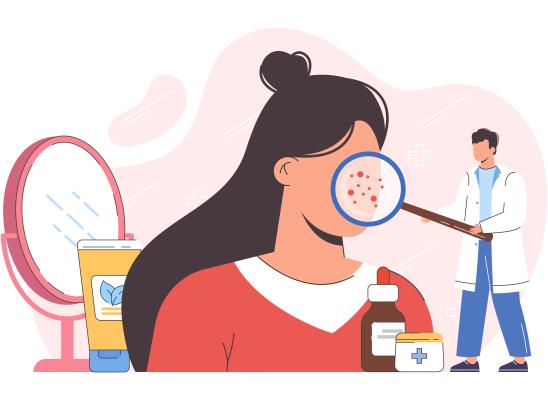Skin Picking Disorder: Legs, Arms and Hands
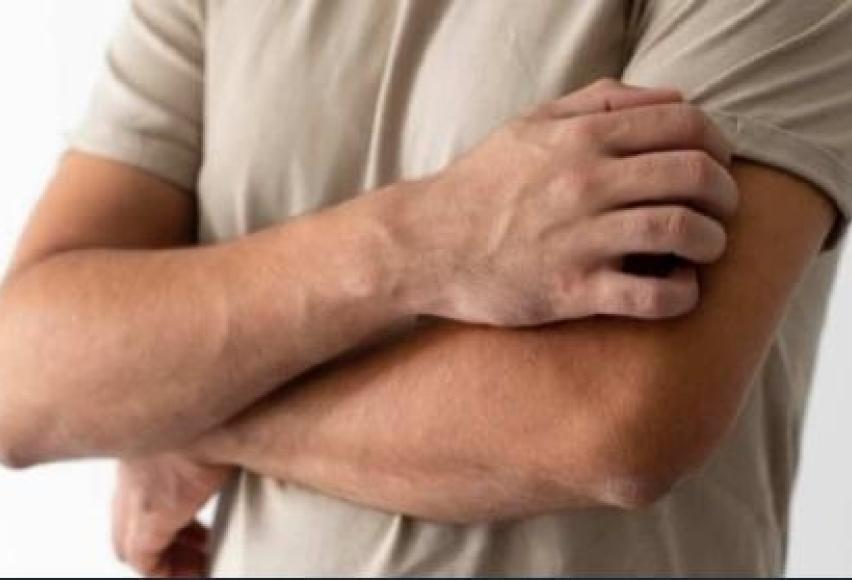
Online test
Find out the severity of your symptoms with this free online test
Skin picking or excoriation disorder, formerly known as dermatillomania, is characterized by the compulsive urge to pick at ones skin to the extent that lesions or scarring is formed. The most noticeable picking area is the face because it is hard to hide the evidence of the picking bar using heavy make-up. However, skin picking disorder can affect any part of the body. Skinpick.com regularly conducts polls and surveys to keep a tab on the pulse of skin picking as a disorder and to better serve the community. Data indicated that for visitors to the site the most affected body parts are face, scalp, arms and legs.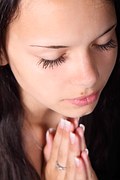
Picking the legs
Picking of the skin on the legs is surprisingly common among those with skin picking disorder. In one study by Dr. Jon E. Grant looking at the characteristics of the picking of sixty male respondents, it was found that 33.3% picked their legs or feet. This is particularly surprising given that the respondents were male as many people describe their first picking targets on the legs as being ingrown hairs. Women are have the societal expectation upon them to have beautiful, smooth legs so it would not be surprising for the legs to become a common target for females. with ingrown hairs often the target, some would question whether this should rather be classified compulsive hair pulling disorder, or trichotillomania. Certainly there is a blurr between hair pulling and skin picking in areas where the skin is covered in hair. These disorders are after all both categorized as body-focussed repetitive behaviors (BFRBs) and is known to have a high comorbidity. The distinguishing feature is if the picking behavior specifically damages the skin even if the hair follicle is the target. What often happens is that the scarring and scabs that form on the legs then perpetuates the picking whereby ther individual then starts picking at these imperfections. Scars on the legs are also much easier to hide from others with socially acceptable clothing.
Picking the arms
In the same study by Dr Grant, skin picking of the arms was found to be just as prevalent as picking the legs at 30% of the respondents. The arms are often targets of more automatic picking behaviors whereby the person is unaware they are engaging in the behvior until they have already started. The high prevalence of arm picking could be attributed to the ease of access to the skin on our arms. Picking or scratching the arms as opposed to any other part of the body is easily accessible to the fingers while driving, sitting in a meeting, watching tv, sitting at your desk or in front of the computer. As with leg picking, it is easy to cover up scars on the arms from picking with clothing, although the wearing of long sleeves in hot weather or in certain settings like the beach or pool area may still be frowned upon compared to wearing long skirts, sarongs or pants in the same settings.
Picking the hands
In the study, skin picking of the hands and/or fingers was much less prevalent than legs and arms at 21.7% of the 60 respondents. Again there is a blurred diagnostic line between compulsive skin picking and compulsive nail biting disorder, also known as onycophagia. Of course nail biting involves biting the nails and cuticles, but skin picking of the hands and fingers have also been known to involve the use of teeth to facilitate the desired outcome from picking. The distinguishing feature between the two BFRBs is that skin picking extends beyond the nails and the behaviour specifically aims at the removal of parts of the skin on the whole hand and not just the area around the nails. Hand skin picking is another predominantly automatic behavior with the hands being a vulnerable target due to the ease of access. Unlike leg and arm skin picking, the hands are not as easy to hide because it is a significant part of our daily functioning. In addition, the skin on the hand is more sensitive due to the high density of touch sensory neurones to the hands and fingertips. Scarring, or raw or damaged skin on the hands and fingers can be a great source of discomfort.
Gaining awareness, gaining support
What is apparent is that regardless of the site of picking - legs, arms, or hands; skin picking disorder impacts negatively on the individual and is a source of intense shame and guilt. The ability to hide scars on the legs and arms, while it protects the person from feeling judged, may in some way be an enabler. Many people with severe picking of more conspicuous areas like the face report that they do not pick when they are in the company of others or are able to limit the severity of their picking when they know they will be seen by other people soon after picking. If you find that you are going to great lengths to cover up evidence of your picking and have tried an been unable to stop picking at any of area of the body, then you may well have a skin picking disorder. It is important that you seek help and support and that you start to gain awareness of our picking, particularly if the behavior is automatic. This is one of the key features of the online therapy program offered on skinpick.com. By developing awareness of your picking patterns you will better understand the urge to pick and better be able to address the underlying thoughts and emotions attached to the urges to work toward managing your skin picking.
Online test
Find out the severity of your symptoms with this free online test
Start your journey with SkinPick
Take control of your life and find freedom from skin picking through professional therapy and evidence-based behavioral techniques.
Start Now
